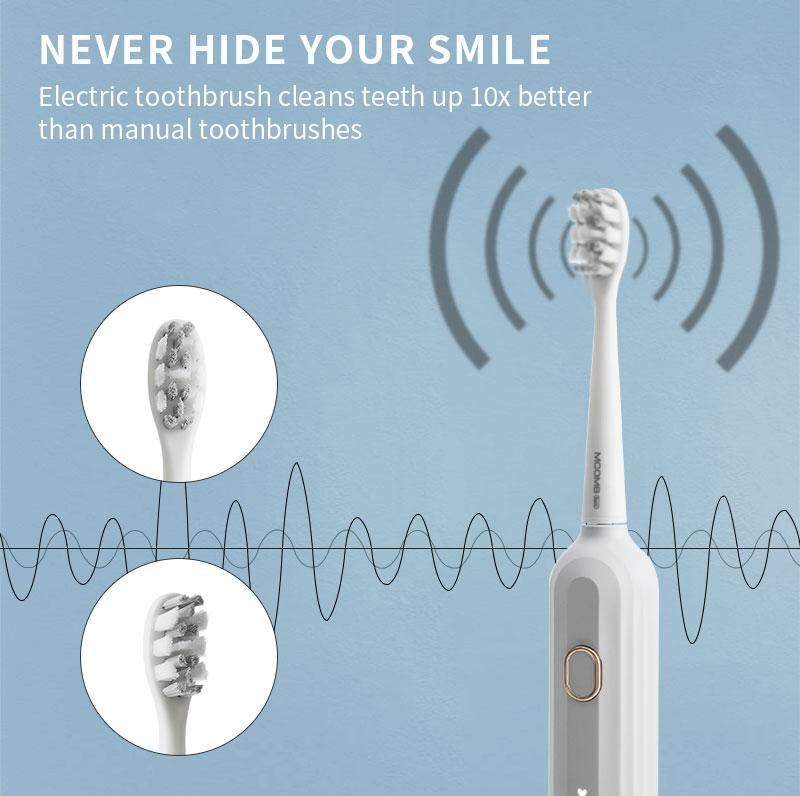The Global Manual Toothbrush Market size is expected to reach $8.1 billion by 2028, rising at a market growth of 7.1% CAGR during the forecast period.
A hand-held brush made of hard plastic is known as a manual toothbrush. For cleaning the gums and spaces between the teeth, the toothbrush includes soft plastic bristles. Plaque, food, and debris are removed from the teeth and gums by the user of a manual toothbrush by pushing the toothbrush up and down over the teeth. To clean the teeth, gums, and tongue, the toothbrush is used.
It comprises a head of densely packed bristles, on top of which the toothbrush can be placed. Fixed on a handle that makes it easier to reach areas of the mouth that are difficult to clean. Manual toothbrushes come in a variety of shapes, sizes, and bristle textures. Most dentists advise using a soft brush because most of those with rough bristles can irritate the gums and harm tooth enamel.
The act of brushing teeth is typically done at a sink in the bathroom or kitchen where the brush may be rinsed off afterward to remove any debris still on it and then dried to lessen conditions favorable for microbial growth. The majority of toothbrushes produced commercially nowadays are composed of plastic. Plastics that could be poured into molds are used to make the handles. Polypropylene and polyethylene are the most widely used polymers.
Since polypropylene is recycled type-5, it can be recycled in some locations. Two types of polyethylene are manufactured. Recycle type-1 is the first which is frequently recycled. Because plastic resists bacterial action, microbes from teeth won’t degrade it as users use it, allowing them to sanitize their toothbrushes more effectively.
The majority of toothbrushes made for commercial use have nylon bristles. Strong and flexible, nylon is a synthetic fabric that was the first of its kind. Because it won’t break down or degrade in water or with substances often found in toothpaste, the toothbrush will last longer.
Market Restraining Factors
Provision Of Alternative Products
The inability to adhere to the necessary two-minute brushing duration or the technique advised by a dental expert is one of the most significant concerns with manual toothbrushes. This leads to an imperfect dental cleaning. Electric toothbrushes have two-minute timers to ensure that teeth are cleaned for the necessary two minutes.
The timer has a 30-second warning that notifies users when to switch brushing quadrants. This guarantees that every area of mouth receives the necessary attention to maintain a top level of cleanliness.

Contacts
Name:Brittany Zhang,Sales Manager
E-mail:brittanyl1028@gmail.com
Whatsapp:+0086 18598052187
Post time: Feb-13-2023







